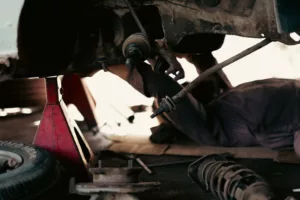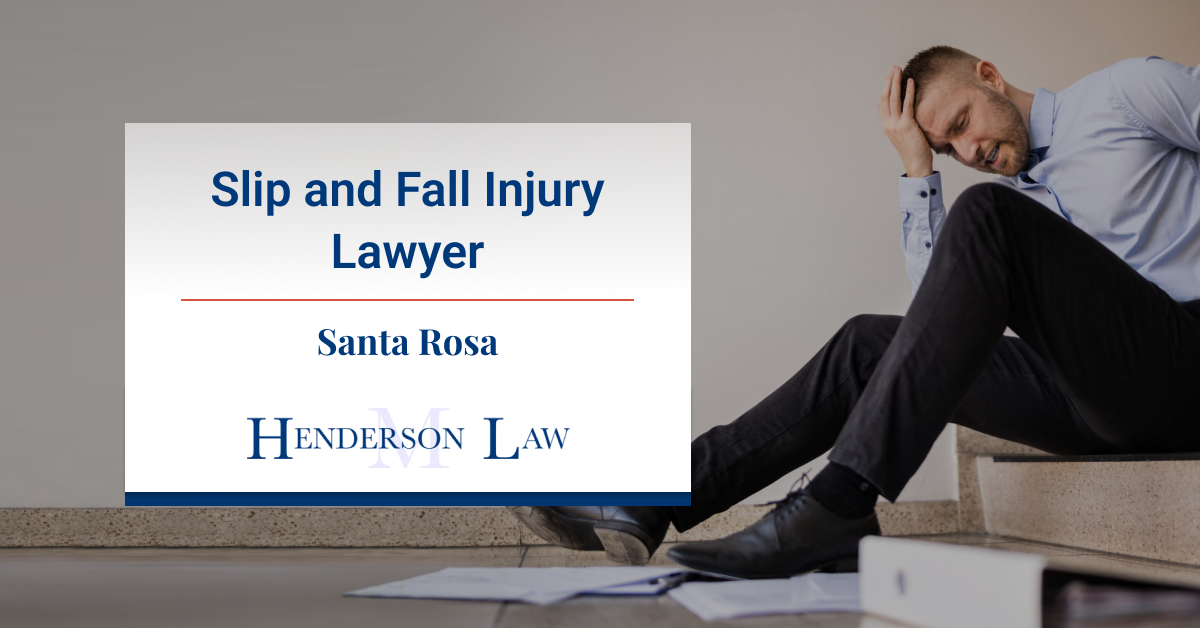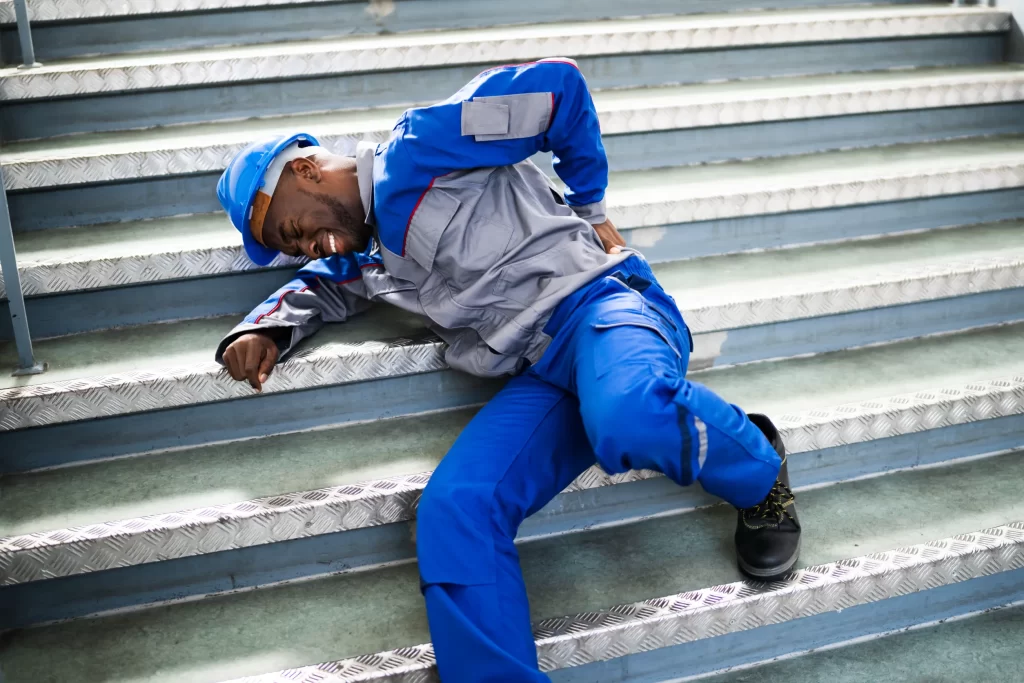Introduction
I’m here to tell you that car accident inspections are no laughing matter. They’re crucial for determining the cause of a collision and assessing the extent of damage. That’s why I’m offering my services as a car accident inspector. I’ll come to the scene of the accident and take a close look at your vehicle. I’ll document the damage, take pictures, and even interview witnesses if necessary. Once I have all the information, I’ll write up a report that you can use to file a claim with your insurance company.
Who Needs a Car Accident Inspection?
If you’ve been in a car accident, you need to get an inspection as soon as possible. This is especially important if you’re planning on filing a claim with your insurance company. The insurance company will want to see proof of the damage before they approve your claim. An inspection can also help you determine if your car is safe to drive. If the damage is extensive, you may need to have your car repaired before you can drive it again.
What to Expect During an Inspection
When you schedule an inspection, the inspector will come to the scene of the accident and take a close look at your vehicle. They will document the damage, take pictures, and even interview witnesses if necessary. Once they have all the information, they will write up a report that you can use to file a claim with your insurance company. The report will include information about the damage to your vehicle, the cause of the accident, and the estimated cost of repairs.
How to Choose an Inspector
When choosing an inspector, it’s important to do your research. Make sure the inspector is qualified and experienced. You should also ask for references from previous clients. Once you’ve found an inspector you trust, schedule an inspection as soon as possible.
Benefits of an Inspection
There are many benefits to getting a car accident inspection. An inspection can help you determine the cause of the accident, assess the extent of the damage, and get your car repaired quickly and efficiently. If you’re planning on filing a claim with your insurance company, an inspection can also help you get a fair settlement.
Car Accident Inspection: A Comprehensive Guide
If you’ve been involved in a car accident, it’s crucial to have a thorough inspection conducted to assess the damage and determine if there is hidden harm. As a impartial expert, I provide car accident inspections to help you understand the extent of the damage and make informed decisions about repairs or insurance claims.
Steps Involved
A comprehensive inspection typically includes the following steps:
Inspecting the Vehicles
This is the most critical step. We’ll meticulously examine both vehicles involved in the accident, paying close attention to the impact areas, body panels, frames, suspension, tires, and any other components that may have been affected. Our goal is to detect both obvious and hidden damage that could compromise the safety or performance of the vehicles.
Documenting the Scene
We’ll thoroughly document the accident scene, taking measurements, photographs, and notes to recreate the events leading up to and during the collision. This documentation is invaluable for insurance companies and legal proceedings, providing a visual record of the accident’s circumstances.
Interviewing Witnesses
If there were any witnesses to the accident, we’ll interview them to gather their accounts of what they saw and heard. Witnesses can provide crucial information that may not be immediately apparent from the physical evidence. Their statements can help us reconstruct the accident and determine fault.
Report Preparation
Once the inspection is complete, we’ll prepare a detailed report that summarizes our findings. This report will include descriptions of the damage, photographs, measurements, witness statements, and our professional opinion on the cause and severity of the accident. This report serves as a valuable piece of evidence for insurance claims, legal proceedings, and repairs.
Remember, a car accident inspection is not just about assessing the visible damage. It’s about uncovering hidden issues that could have long-term consequences for your safety and the value of your vehicle. By conducting a thorough inspection, we can help you make informed decisions about repairs, insurance claims, and legal matters.
Car Accident Inspection: A Deeper Look at the Examination Process
In the aftermath of a car accident, it’s crucial to protect your rights and ensure you receive fair compensation. A car accident inspection is an essential step in this process, providing an objective assessment of the damage to your vehicle. Here’s a detailed look at the inspection process:
Vehicle Examination
Inspectors meticulously examine the vehicles involved in an accident, scrutinizing every detail. They identify impact points, determine the severity of damage, and uncover any mechanical failures. This thorough examination provides valuable insights into the causes of the accident, the extent of the damage, and potential safety issues.
Damage Assessment
Inspectors assess the damage to vehicles, categorizing it as minor, moderate, or severe. They document scratches, dents, broken windows, and any structural damage. Their observations help determine the cost of repairs and the potential impact on the vehicle’s value.
Mechanical Inspection
Beyond visible damage, inspectors also delve into mechanical failures that may have contributed to or resulted from the accident. They check for suspension damage, engine issues, and electrical problems. Identifying these mechanical issues ensures that all aspects of the accident are fully understood.
Evidence Gathering
Car accident inspectors become detectives, gathering evidence to support their findings. They take photographs of the damage, record vehicle measurements, and collect any relevant documents. This evidence helps create a comprehensive record of the accident that can be used to support insurance claims or legal proceedings.
Professional Expertise
Car accident inspectors are highly trained professionals with a wealth of experience. They possess the knowledge and skills necessary to accurately assess damage, identify mechanical failures, and provide unbiased reports. Their expertise ensures that the inspection process is thorough, reliable, and respected by all parties involved.
Car Accident Inspection: A Guide to Preserving Evidence
As an experienced car accident inspector, I’ve seen firsthand how crucial it is to document the scene properly. Whether you’re involved in an accident or simply witnessing one, preserving evidence is essential for ensuring that all relevant information is recorded accurately. Here’s a comprehensive guide to help you document the scene like a pro:
Scene Documentation
Thorough documentation of the accident scene is paramount. Every detail, from road conditions to traffic patterns, should be recorded meticulously. Photographs, diagrams, and measurements are invaluable tools for creating a detailed record. Take plenty of pictures from various angles, capturing the positions of vehicles, damage sustained, and any other relevant details.
Witness Interviews
Witness statements are critical to understanding the sequence of events leading up to the accident. If possible, gather contact information from all witnesses and obtain their accounts of what they saw. Don’t hesitate to ask for details, such as the speed of the vehicles, the behavior of the drivers, and any other observations they may have made.
Vehicle Inspection
A thorough inspection of the vehicles involved in the accident is essential for understanding the nature and extent of the damage. Document the location and severity of all damage, including dents, scratches, and broken glass. Take note of any unique features, such as window tinting or aftermarket modifications, which could impact the repairs.
Road and Traffic Conditions
Road conditions and traffic patterns play a significant role in determining fault in an accident. Document the condition of the roadway, including weather conditions, road surface defects, and any traffic control devices in the vicinity. Note the presence of stop signs, traffic lights, and road markings, as these can influence the liability of the drivers involved.
Police Report
If the police were called to the scene of the accident, obtain a copy of the official police report. This document will provide a detailed account of the incident, including the names of the drivers, witness statements, and any charges that were filed. The police report is a valuable resource that can support your claims and ensure that all relevant parties are held accountable.
Car Accident Inspection: Ensuring Safety and Insurance Claims
A fender-bender in your car can be a harrowing experience, leaving you wondering what happened. Wonder no more! A car accident inspection can unveil the hidden truth, like a detective unraveling a mystery. It’s the key to understanding the cause and estimating the damage, giving you confidence in insurance claims and ensuring your safety.
Groundwork: The Investigation
The first step in a car accident inspection is a thorough investigation. It’s like examining a crime scene, but with cars instead of bodies. Experts carefully gather evidence, including photos, measurements, and witness statements. They’re on the hunt for clues that will shed light on the incident.
Reconstruction: Piecing It Together
Once the evidence is assembled, the puzzle begins: reconstructing the accident. It’s a bit like putting together a jigsaw puzzle, but instead of colorful pieces, we have bent metal and shattered glass. Experts use their training and experience to determine what happened, who or what caused it, and who’s responsible.
Evidence: Speaking Volumes
The evidence gathered during the investigation speaks volumes. It can reveal everything from the speed and angle of impact to the contributing factors that led to the accident. These crucial details are like pieces of a puzzle, helping to paint a clear picture of what transpired.
Report Generation: Putting It All in Writing
The culmination of the investigation is a comprehensive report that’s more than just a piece of paper. It’s a detailed roadmap of the accident, summarizing the investigation findings. It spells out the likely cause, contributing factors, and estimated repair costs. This report is the key to insurance claims and peace of mind.
Estimated Repair Costs: The Bottom Line
Insurance companies, body shops, and even lawyers will rely on the inspected report to determine the extent of the damage and estimate the repair costs. It’s the financial roadmap that ensures you get what you need to fix your car and get back on the road.
Conclusion: Knowledge Is Power
A car accident inspection is not just about assigning blame; it’s about empowering you with knowledge. It’s like having a private investigator on your side, uncovering the truth and protecting you from unfair decisions. With a comprehensive inspection report, you can confidently navigate insurance claims, repairs, and legal matters, knowing that you have the facts on your side.
Car Accident Inspection: A Comprehensive Guide
I’ve been through my fair share of car accidents and I know firsthand how stressful and confusing they can be. That’s why I want to share everything you need to know about car accident inspections, so you can get the compensation you deserve.
What is a Car Accident Inspection?
A car accident inspection is a thorough examination of a vehicle that has been involved in a collision. It’s typically conducted by an insurance adjuster or an independent mechanic, and it can help determine the extent of the damage, identify the cause of the accident, and assess the value of the vehicle.
Why are Car Accident Inspections Important?
Car accident inspections are important for several reasons. First, they can help you understand the circumstances surrounding the collision. This information can be critical if you’re filing an insurance claim or seeking legal action.
Who Conducts Car Accident Inspections?
Car accident inspections are typically conducted by insurance adjusters or independent mechanics. Insurance adjusters are employed by insurance companies to assess the damage to vehicles and determine the value of claims. Independent mechanics are not affiliated with any insurance company, and they can provide an unbiased assessment of the damage.
What to Expect During an Inspection
During a car accident inspection, the inspector will examine the vehicle for damage. They will look for both visible and hidden damage, and they will take photographs of the damage. The inspector will also ask you questions about the accident, such as how it happened and what speed you were traveling.
How to Prepare for an Inspection
There are a few things you can do to prepare for a car accident inspection:
- Gather all of your documentation, such as your insurance policy, driver’s license, and registration.
- Take photos of the damage to your vehicle.
- Write down a brief description of the accident.
- Be prepared to answer questions about the accident.
Conclusion
Car accident inspections are an important part of the claims process. They can help you understand the circumstances surrounding the collision, assign liability, and resolve insurance claims. By following the tips in this article, you can prepare for your inspection and get the compensation you deserve.





Leave a Reply